Stunning photos of first generation Jamaicans who settled in Leeds in Back to Life gallery
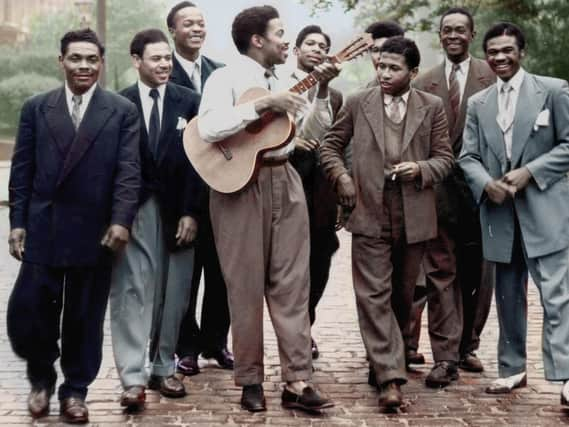

Chapeltown based Jamaica Society Leeds is due to launch the Back to Life gallery on their website on Saturday (August 1.)
The 40 photos have been drawn from hundreds collected for the society’s 2019 Eulogy Exhibition, which commemorated the lives of the pioneering generation.
Advertisement
Hide AdAdvertisement
Hide AdThe gallery will feature rarely seen colourised photos depicting all aspects of life for the newly arrived Jamaicans.
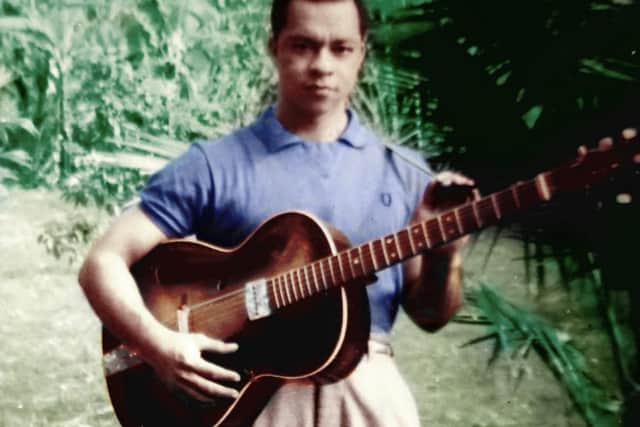

It includes everyday images of young couples, families and people making a living alongside photographs activists and RAF veterans.
Back to Life curator Susan Pitter said: “Pulling together the Back to Life gallery has been an eye opener.
"Colour reveals details that were once hidden in black, white and grey. Landscapes and buildings in colour transport us to Leeds and Jamaica in days gone by; seeing outfit colours give us an idea of the personalities of the city’s first generation Jamaicans as young people.”
Advertisement
Hide AdAdvertisement
Hide Ad“It was important to work closely with their families and friends, who were around when the photos were taken or could confirm the colour of details that are true to their loved ones - style choices, uniforms, the door of a first home in Leeds, and most importantly skin colour.”
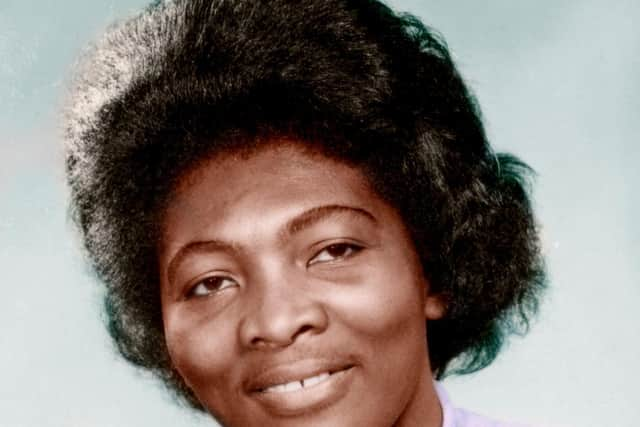

Homer Harriott’s late parents, George and Veryl Harriott, came to Leeds from Jamaica in 1960 with baby Homer and his two brothers.
Mr Harriott said: “I’ve seen the photos all my life of my dad as a young musician in 1950s Jamaica, and of my mum in the 60s when she was starting out as an activist in Leeds.
"But I was stunned to see how colour has transformed them. It’s like being there in Jamaica and seeing my mum as I did as a child. They’re stunning.”
Advertisement
Hide AdAdvertisement
Hide AdBack to Life has been made possible with funding from Arts Council England’s Covid-19 Emergency Response Fund, which is supported by the National Lottery and Government.
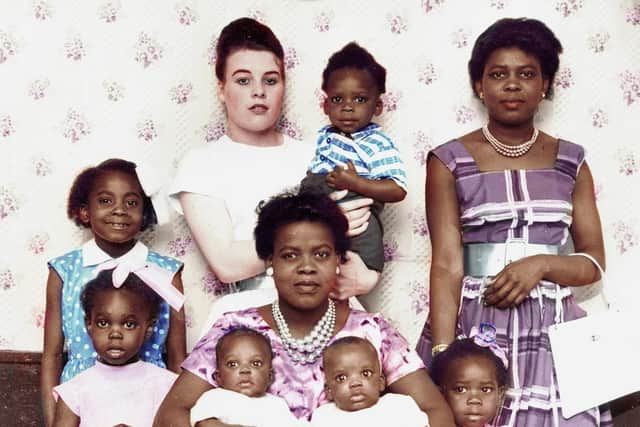

Pete Massey, Director, North, Arts Council England said: “I am so pleased that we have been able to support this project through our Emergency Response Fund.
"The Jamaican community of Leeds has helped to make the city the great place that it is today, and it is important that we are celebrating the contribution of people who uprooted their lives to support not only the war effort but the recovery of Britain in the 1940s, 50s and 60s.
"I’m really excited to see the results of this work that brings this important part of our heritage to life and can also be experienced online during the current crisis.
Advertisement
Hide AdAdvertisement
Hide Ad"There is something truly magical about colourised old black and white photos that forces a reappraisal of the subjects and their lives and literally allows you to see them in a new light.”
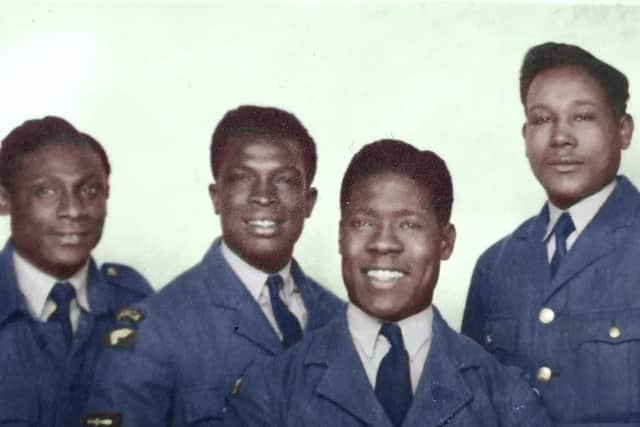

Prints of the online gallery will also be produced.
Jamaica Society chair Rev Dorothy Stewart said: “At a time when the city’s black communities particularly our older members are amongst those at highest risk from Covid-19 and are shielding, making these glorious colour images accessible to everyone both online and in print is a great way to tackle the pain of loneliness and isolation.”
Back to Life launches on August 1 at www.jamaicasocietyleeds.co.uk
Follow Facebook and Instagram @jamaicasocietyleeds and Twitter @JamaicaLeeds using #JamaicaLeeds for updates and previews of photos featured in Back to Life.
Advertisement
Hide AdAdvertisement
Hide AdA message from the Editor: Leeds has a fantastic story to tell - and the Yorkshire Evening Post has been rooted firmly at the heart of telling the stories of our city since 1890. We believe in ourselves and hope you believe in us too. We need your support to help ensure we can continue to be at the heart of life in Leeds. Subscribe to our website and enjoy unlimited access to local news and information online and on our app. With a digital subscription, you can read more than 5 articles, see fewer ads, enjoy faster load times, and get access to exclusive newsletters and content. Click here to subscribe. For more details on our newspaper subscription offers click here.
Thank you
Laura Collins
Comment Guidelines
National World encourages reader discussion on our stories. User feedback, insights and back-and-forth exchanges add a rich layer of context to reporting. Please review our Community Guidelines before commenting.